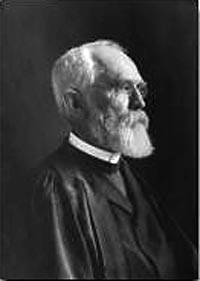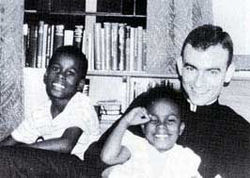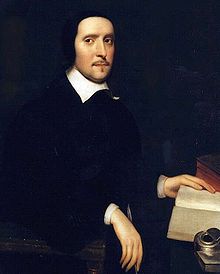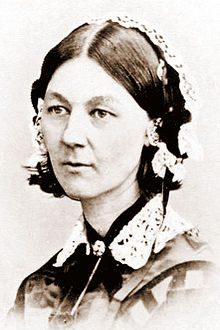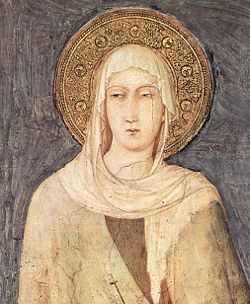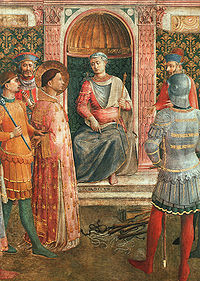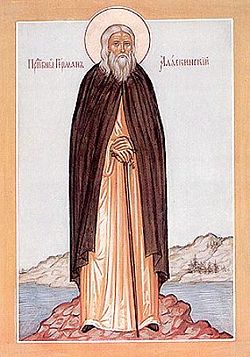Welcome to the Holy Women, Holy Men blog! We invite you to read about this commemoration, use the collect and lessons in prayer, whether individually or in corporate worship, then tell us what you think. For more information about this project, click here.
•
About this commemoration
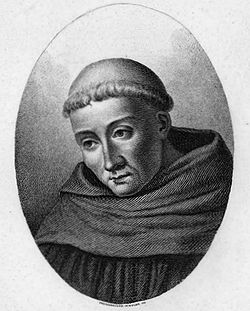
Bernard, fiery defender of the Church in the twelfth century, was famed for the ardor with which he preached love for God “without measure.” He was completely absorbed, even to the neglect of his own health, in support of the purity, doctrine, and prerogatives of the Church. He fulfilled his own definition of a holy man: “seen to be good and charitable, holding back nothing for himself, but using his every gift for the common good.”
Bernard was the son of a knight and landowner who lived near Dijon, France. He was born in 1090 and given a secular education, but in 1113 he entered the Benedictine Abbey of Citeaux. His family was not pleased with his choice of a monastic life, but he nevertheless persuaded four of his brothers and about twenty-six of his friends to join him in establishing a monastery at Clairvaux in 1115.
During the following ten years, Bernard denied himself sleep that he might have time to write letters and sermons. He preached so persuasively that sixty new Cistercian abbeys were founded, all affiliated with Clairvaux. By 1140, his writings had made him one of the most influential figures in Christendom. He participated actively in every controversy that threatened the Church. He was an ardent critic of Peter Abelard’s attempt to reconcile inconsistencies of doctrine by reason, because he felt that such an approach was a downgrading of the mysteries.
When a former monk of Clairvaux was elected Pope, as Eugenius III, Bernard became his troubleshooter. He preached the Crusade against the Albigensians, and the Second Crusade to liberate Jerusalem, winning much support for the latter in France and Germany. When that Crusade ended in disaster, Bernard was roundly attacked for having supported it. He died soon after in 1153. He was canonized in 1174.
Among Bernard’s writings are treatises on papal duty, on love, on the veneration of Mary, and a commentary on the Song of Songs. Among well known hymns, he is credited with having written “O sacred head sore wounded,” “Jesus, the very thought of thee,” and “Jesus, thou joy of loving hearts.”
Collect of the Day
O God, by whose grace your servant Bernard of Clairvaux, kindled with the flame of your love, became a burning and a shining light in your Church: Grant that we also may be aflame with the spirit of love and discipline, and walk before you as children of light; through Jesus Christ our Lord, who lives and reigns with you, in the unity of the Holy Spirit, one God, now and for ever. Amen.
Lessons
Sirach (Ecclesiasticus) 39:1–10
Jude 1–3
John 15:7–11
Psalm 19:7–11(12–14)
Preface of a Saint (1)
We invite your reflections about this commemoration and its suitability for the official calendar and worship of The Episcopal Church. How did this person’s life witness to the Gospel? How does this person inspire us in Christian life today?
To post a comment, your first and last name and email address are required. Your name will be published; your email address will not. The first time you post, a moderator will need to approve your submission; after that, your comments will appear instantly.
From Holy, Women, Holy Men: Celebrating the Saints © 2010 by The Church Pension Fund. Used by permission.
